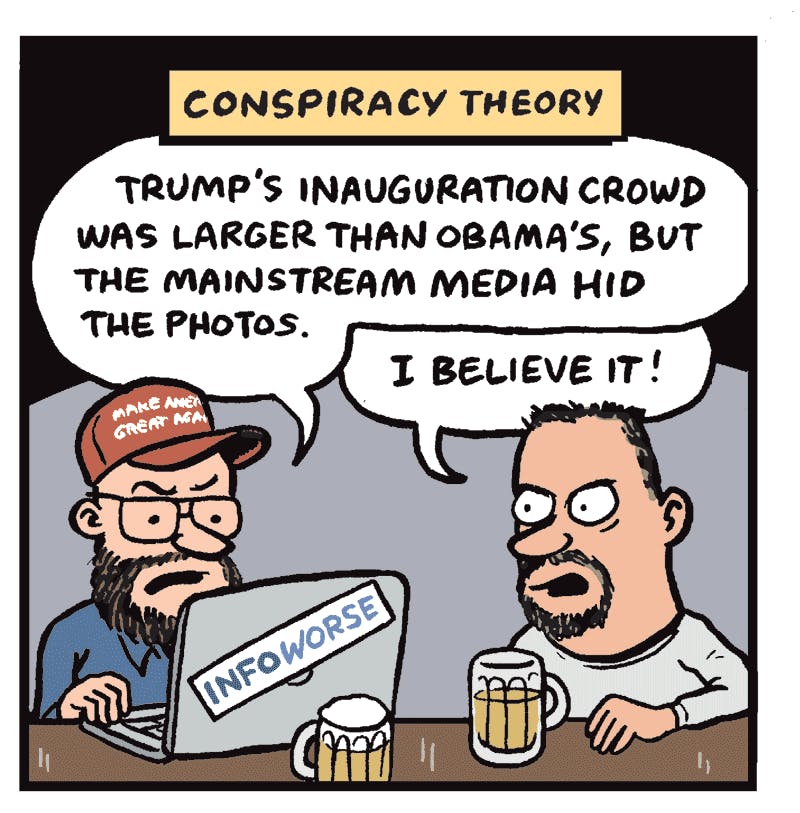Paper 1: Bond, Robert M., et al. “A 61-million-person experiment in social influence and political mobilization.” Nature 489.7415 (2012): 295.
Paper 2: Kramer, Adam DI, Jamie E. Guillory, and Jeffrey T. Hancock. “Experimental evidence of massive-scale emotional contagion through social networks.” Proceedings of the National Academy of Sciences (2014): 201320040.
Bond and Kramers papers on social influence analyze how sentiment and movement is inspired though the social network. Bond et. al. study how much effect a peer network has on the voting action and interests in over 60 million people. Kramer et. al. study how positive and negative posting behavior stems from from seeing other users positive or negative expressions on social media. While both papers study how influence is shaped on social media, they present contrasting results.
Bond et. al. say that peer influence is more important that impersonal nudging. For example, people who saw their friends voting, were more likely to open the link to the nearest polling station. Also they were more likely to engage in self expression and offline action. Even though the data is massive, there is no measure of approximately how many people who select “I voted” sticker, actually vote. Also, they mention that clicking on the link pointing to the nearest polling station was considered as expressing additional interest. Most of the times, the polling stations are locally very well known and frequented by the voters. For example, schools, supermarkets, community places etc. Therefore, it is possible that users who did not click on it, simply did so because they already had the information they needed. To avoid and even identify such limitations, qualitative study of representative sample of users could have been done. This study could have included surveying for reasons of voting and whether their Facebook friends had anything to do with it. Further, this whole paper studies social influence through only one issue: voting. Voting in general is considered as a relatively low trouble and positive activity. It will be interesting to see what effect peer influence can have on activities that take some effort such as vaccination, donation, cleaning drives and awareness campaigns.
The second paper makes seemingly simar but still contrasting claims to the first paper. Kramer el. al. claim that emotions are transferred over social media just by being exposed to others emotions rather than the actual event. This might suggest that a few strongly opinionated users might be deciding the emotional state of their entire peer network. Social media can be said to be lead by virtual extroverts. This makes it even more important for users to get exposed to cross cutting views to avoid getting influenced by a few loud friends. What is different in this paper is their claim about this emotion transfer not being a conscious effort. Firstly, without a good qualitative analysis, strong causality between emotion transfer can’t be made. Secondly, in Bond et. al.’s work, suggests that users are motivated by their friends decision to vote this indicating their conscious decision to value their friends actions over strangers.
Both of the experiments were interesting and had massive dats. I would be interested in discussing the ethical side of their data collection effort and what is reflects about privacy on social media.



